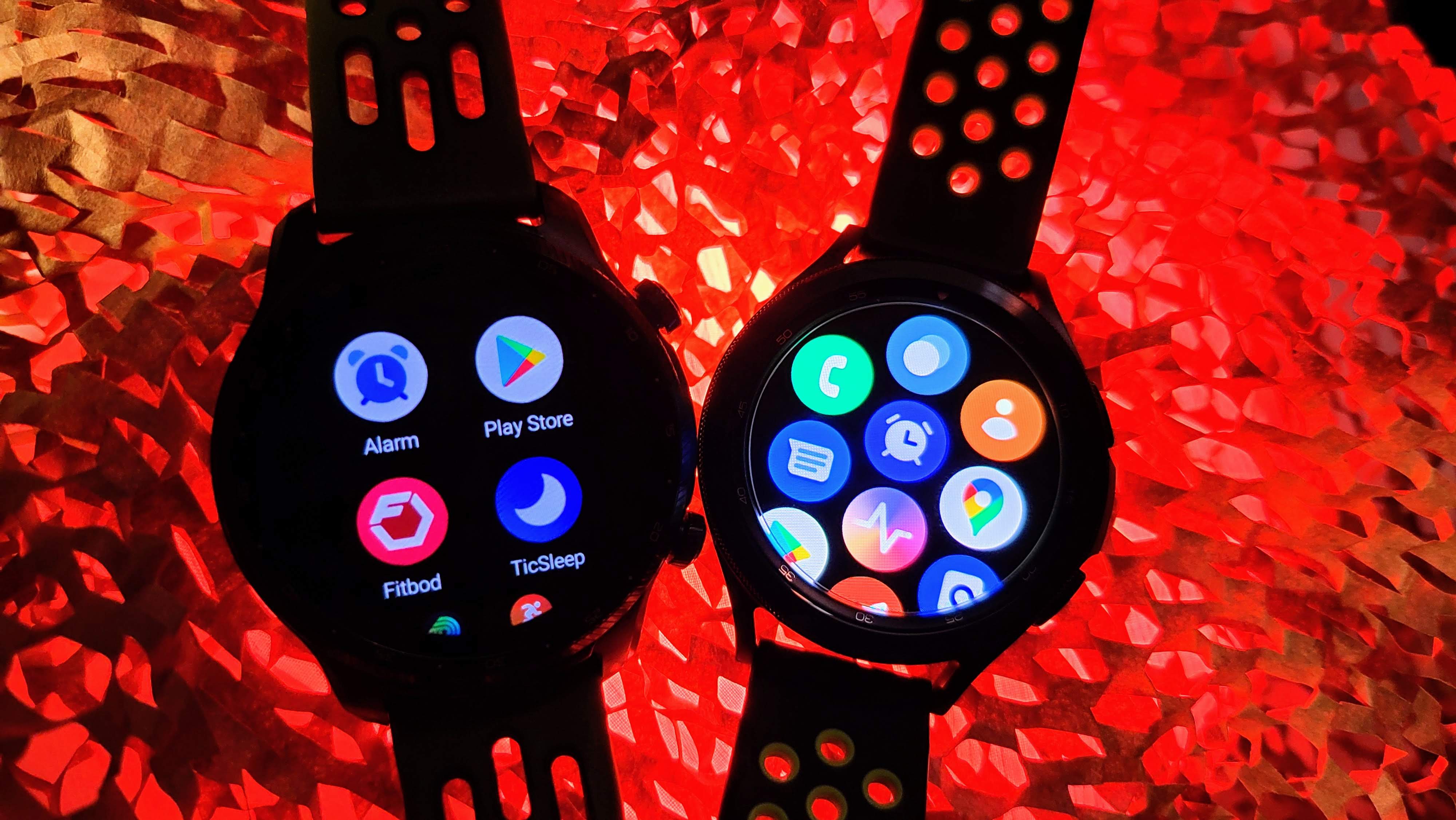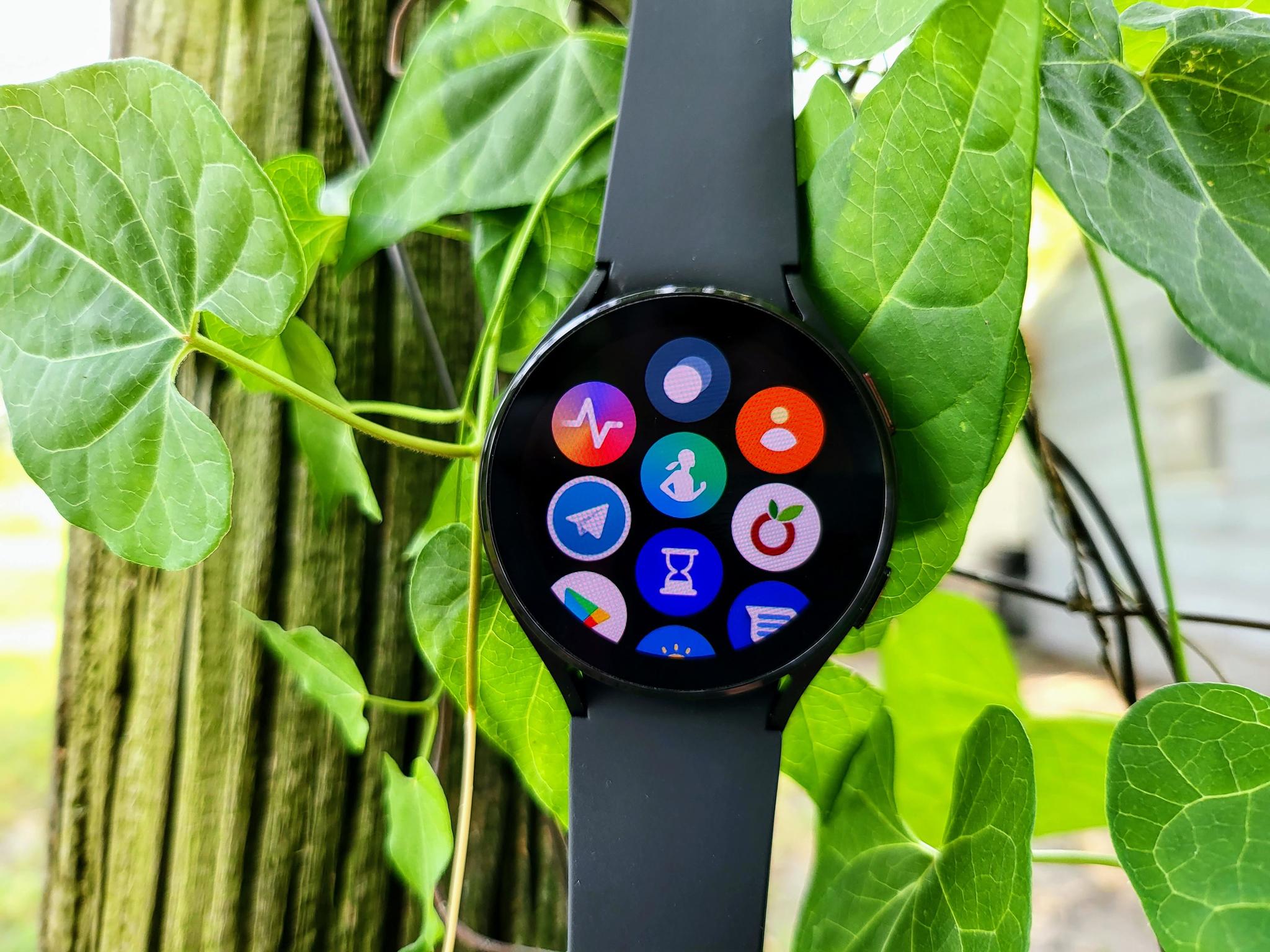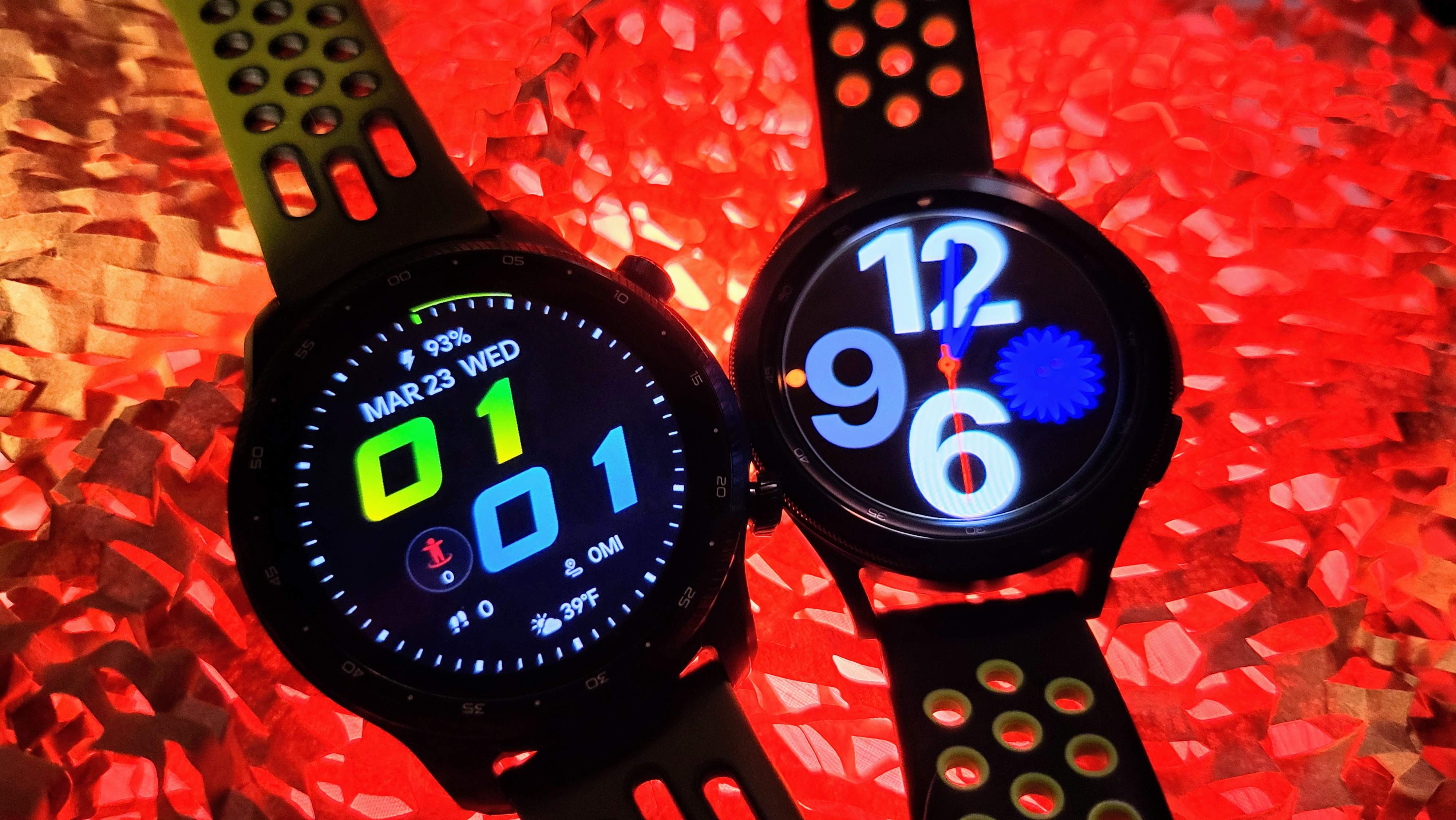Samsung and Apple have proven that Wear OS's apps aren't the only thing holding the platform back
Apps have been on Wear OS for years, yet the platform struggles even with Samsung getting on board.

Smartphones and apps go together like peanut butter and jelly. Smartwatches are just the same — right? Wear OS users have enjoyed apps on their wrists for years, and it's why the platform thrives and is the leading operating system for wearable devices. As much as I'd love for that statement to be true, the fact is that it's not. Well, except that we do have apps. Perhaps what's holding back Wear OS from taking off are the apps — or is it?
Wear OS has no shortage of apps, but finding well-designed and fluid apps can be a challenge.
Look around at people you see during an ordinary day, and I'm betting that you'll see a good number of them wearing a smartwatch. Going a step further, I'd also wager that many of those are an Apple Watch or Samsung Galaxy wearable. Until last year, if it was a Samsung Galaxy smartwatch, it ran Tizen software rather than Google's Wear OS. When compared to Wear OS, one of the biggest knocks on Tizen is that Samsung's operating system lacked the broad app ecosystem of Google's offering.
For years, people complained that Samsung Galaxy smartwatches had great performance and excellent hardware but lacked the apps people wanted — myself included. But despite that, the Galaxy Watch 3 still managed to be at the top of the best Android smartwatch list when the watch launched. However, for all of its greatness, the device was still looked down upon because it lacked Wear OS's apps.

Moving onto Samsung's Galaxy Watch 4. With these watches, the company moved on from its homegrown OS and moved on to co-develop the new Wear OS 3 with Google. This was the moment that many Wear OS fans had waited for because we'd get Samsung hardware and the apps on one device. But now that the watches have been out for a while, Wear OS hasn't made the leap we hoped for. Even with the general success that the Galaxy Watch 4 lineup has had, it hasn't made the platform a success.
One could argue that app developers are busy re-engaging with the platform to bring products designed for Wear OS 3 from the ground up, and that's why we haven't seen the growth. Many existing apps are left to only work on legacy devices until companies decide to remove them entirely. But that has already started, and the apps are disappearing for all Wear OS devices. Runkeeper pulled its app a few years back. One of the best messaging apps, Telegram, pulled its app the last September.

Getting developers to buy into the platform is difficult for a couple of reasons explains David Kopec, a professor of app development at Champlain College in Vermont.
“I can say that this will be my sixth year teaching Android Development and in that entire span, almost no students showed any interest in developing apps for Wear OS. I doubt this [new version] will change anything," he explains. "Like all platforms, it's a chicken and egg problem. Developers want to develop apps for platforms that have solid market share. And users want to use platforms that have a lot of apps. They need some kind of x-factor to break through that dilemma and I doubt [the new Wear] is it."
Get the latest news from Android Central, your trusted companion in the world of Android
To say that Wear OS apps are the reason for the platform's slow descent into obsolescence doesn't do the work developers have done justice. There are plenty of great Wear OS apps available, but that doesn't mean there can't be more and better apps. Many of the current apps available have been around for years with little to no changes. Wear OS is getting an overhaul, and so should the apps.

So if we have apps and excellent hardware from Samsung to go along with options like the TicWatch Pro 3 Ultra and Fossil Gen 6 — there has to be something else. Apple Watch is by and far the leader in the smartwatch market, but I don't think it's the apps that have earned it that spot.
One thing that has been a thorn in the side of many people is that no matter whether you have the best Android smartphone or the cheapest — Apple's iPhone still gets preferential treatment from app developers. The situation is similar for apps, and it's apparent when looking at some of the best apps for the Apple Watch. A lot of this can be chalked up to Apple's having the most phones and watches in the North American market. Another piece of the pie for why Wear OS isn't thriving lies in the overall experience Apple offers with its products.
According to a recent analysis from Counterpoint Research, Apple was able to hold onto its number one spot on the global smartwatch with 30% of the market even with added competition shrinking its market share by 3%. As expected, Samsung was one of the most successful smartwatch brands in 2021 according to the report, with its growth of more than 200% in the third quarter to record the brand’s best shipments ever.

Ecosystem lock-in is real, and though Android users don't have to deal with it to the same extent as Apple users — it's still there. Although, perhaps this is the reason for the near-total domination in nearly every category that Apple enters. Giving its users excellent cross-device integration as well as a consistent, high-quality app experience is bound to drive people to love your products. Apple does that.
Nearly a decade of experience in smartwatches and an operating system that has largely stayed the same for the better part of that time can be directly attributed to Wear OS's stagnant adoption. It wasn't until last year that Google finally decided to make a public push to revitalize the platform. Of course, it needed the Android smartwatch market share leader, Samsung, to come on board to help out, which could have its own set of drawbacks.
It's hard to relaunch a platform and push for new customers if there is only one product it's available on.
Wear OS fans are waiting for an experience that can rival what Apple users get with their devices. Apple Watch isn't winning because it has overly unique hardware features or the ultimate app experience. It is winning due to the excellent integration of all of those parts and offering first-class health features into a single ecosystem.
A few things still need to happen for a similar experience to arrive for Android users. One is that the new Wear OS 3 platform needs to arrive on more watches to offer something that Apple fans don't have in hardware — choice. Samsung is close to providing Apple's integrated experience, but there's still a disconnect. Google needs to clarify and integrate its resources of history in the wearable space, its health platforms in Google Fit and Fitbit, and define the goal for Wear OS. Because though it seemed like apps were the reason Samsung Galaxy watches didn't take off, the Galaxy Watch 4 proves it's more than that.

